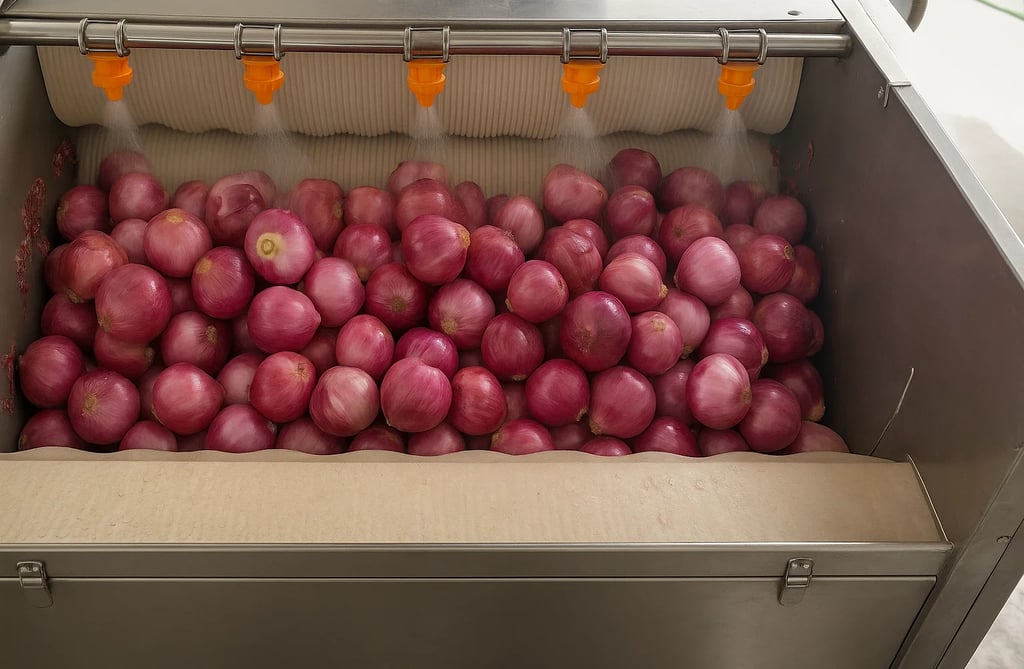What's driving your Procurement Strategy in Airline Cateing, Control or Flexibility?
In today’s relentless and fast-pace catering environment, deciding whether to insource or outsource your raw ingredients and semi-finished components can make—or break—your operation.
AIRLINE CATERINGCATERING PROCUREMENT
Andrew Caines, Marc Bonet
5/7/20251 min read


Here’s how to weigh your options:
Insourcing: Taking Quality—and Costs—In-House
Benefits:
Full Quality Control: From farm to fork, you oversee every step—ensuring consistency in taste, safety, and standards.
Tailored Customization: Need a unique spice blend or protein cut? You can develop bespoke recipes on demand.
Stronger Supply Visibility: Direct relationships with growers and processors reduce hidden markups and surprise disruptions.
Drawbacks:
Upfront Investment: Equipment, facilities, and training can tie up significant capital.
Operational Complexity: Managing sourcing, storage, and in-house processing adds layers of logistics and compliance.
Capacity Limits: Scaling quickly to meet sudden spikes (e.g., event season) can stretch your resources thin.
Outsourcing: Leveraging Specialist Partners
Benefits:
Lower Capital Outlay: No need for dedicated prep kitchens or specialized machinery—your partner handles it all.
Rapid Scalability: Third-party suppliers can ramp production faster, helping you absorb volume surges effortlessly.
Expertise & Innovation: Specialized co-packers often bring R&D capabilities—new menu ideas, sustainable packaging, and process efficiencies.
Drawbacks:
Reduced Control: You’re reliant on another organization’s quality checks, which can lead to variability or compliance gaps.
Supplier Dependency: Disruptions—be it labor strikes or raw-material shortages—hit you indirectly but just as hard.
Communication Overhead: Aligning on specifications, forecasts, and change requests requires tight coordination (and sometimes, extra meetings!).
Here are some questions to weigh your options:
1. Where does control of quality most impact your brand promise?
2. What’s your break-even volume for in-house processing?
3. Which partners offer proven reliability in your region?
4. How quickly must you adapt menus or volumes to client demands?
𝗙𝗶𝗻𝗱𝗶𝗻𝗴 𝘁𝗵𝗲 𝗥𝗶𝗴𝗵𝘁 𝗕𝗮𝗹𝗮𝗻𝗰𝗲
Most industrial caterers find success in a 𝗵𝘆𝗯𝗿𝗶𝗱 𝗺𝗼𝗱𝗲𝗹—𝗶𝗻𝘀𝗼𝘂𝗿𝗰𝗶𝗻𝗴 𝗰𝗼𝗿𝗲, 𝗵𝗶𝗴𝗵-𝘃𝗮𝗹𝘂𝗲 𝗶𝘁𝗲𝗺𝘀 (signature sauces, critical proteins) while 𝗼𝘂𝘁𝘀𝗼𝘂𝗿𝗰𝗶𝗻𝗴 𝗰𝗼𝗺𝗺𝗼𝗱𝗶𝘁𝘆 𝗼𝗿 𝗹𝗮𝗯𝗼𝘂𝗿-𝗶𝗻𝘁𝗲𝗻𝘀𝗶𝘃𝗲 𝗰𝗼𝗺𝗽𝗼𝗻𝗲𝗻𝘁𝘀 (bulk vegetables, basic sauces). This lets you maintain brand integrity where it matters most, while staying nimble and cost-effective elsewhere.
By aligning your procurement choices with these considerations, you’ll not only 𝘀𝘁𝗿𝗲𝗮𝗺𝗹𝗶𝗻𝗲 𝗰𝗼𝘀𝘁𝘀 but also elevate the consistency and 𝗳𝗹𝗲𝘅𝗶𝗯𝗶𝗹𝗶𝘁𝘆 your clients expect—no matter how big the order or how tight the deadline.
𝗛𝗼𝗻𝗲𝘀𝘁𝘆 𝗮𝗻𝗱 𝘁𝗿𝗮𝗻𝘀𝗽𝗮𝗿𝗲𝗻𝗰𝘆 between management, procurement and production are vital to the success of this strategy.
